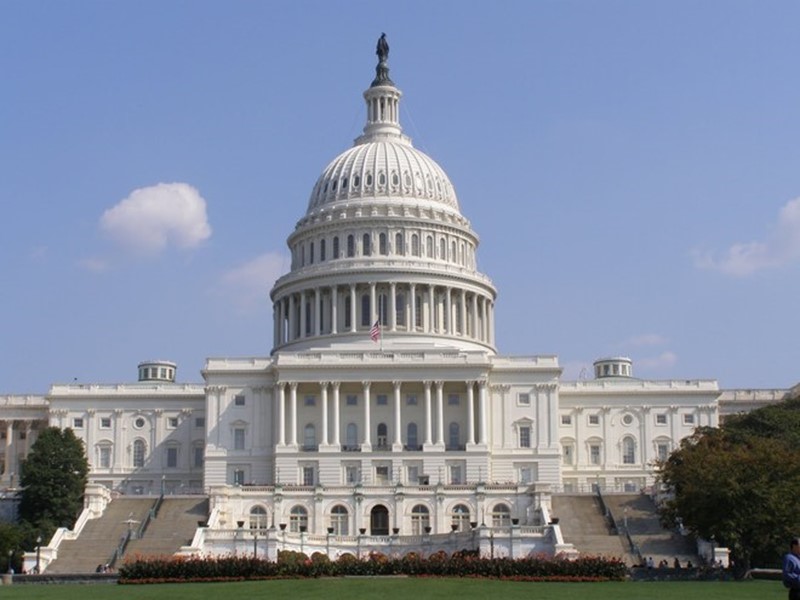
As Congress prepares to reauthorize the Elementary and Secondary Education Act, or ESEA, it is vitally important that the updated law address the significant achievement gaps that plague the nation’s most underserved populations: students of color and low-income students. A new column by Jamal Hagler, from the Center for American Progress, argues that providing these students with a high-quality education that prepares them for college and a career is a moral and economic imperative. Today, students of color comprise the majority of children in U.S. public schools. And as the demographic makeup of the United States continues to shift, the percentage of children of color in public schools is set to rise. By 2044, people of color will make up the majority of the country. Simply put, people of color will be the fuel that drives the engine of America’s future. That being the reality, the United States cannot afford to have a significant portion of its population unprepared for tomorrow’s job market.
From the column:
"As the reauthorization process comes to a close, lawmakers must keep in mind that a strong education system is vital to America’s global competitiveness—both now and in the future. Furthermore, the benefits of closing academic achievement gaps are not just exclusive to communities of color but also to the country as a whole. A Center for American Progress analysis shows that closing educational achievement gaps for people of color, particularly black and Latino students, would result in greater gross domestic product, or GDP, growth and increased state and federal revenues. The analysis also concluded that closing academic achievement gaps would add $20.4 trillion in GDP between 2014 and 2050, $4.1 trillion in federal revenues during the same time period, and $3.3 trillion in state and local revenues during those same years."
"Over the past several decades, communities of color have made impressive strides in terms of education, wages, employment, and many other indicators of success. Unfortunately, even after these gains, communities of color continue to lag behind the non-Hispanic white population on most of those indicators. Education, however, is one pathway toward closing these disparities. Legislators must mandate resource allocation in a manner that gives every student the opportunity to succeed."


